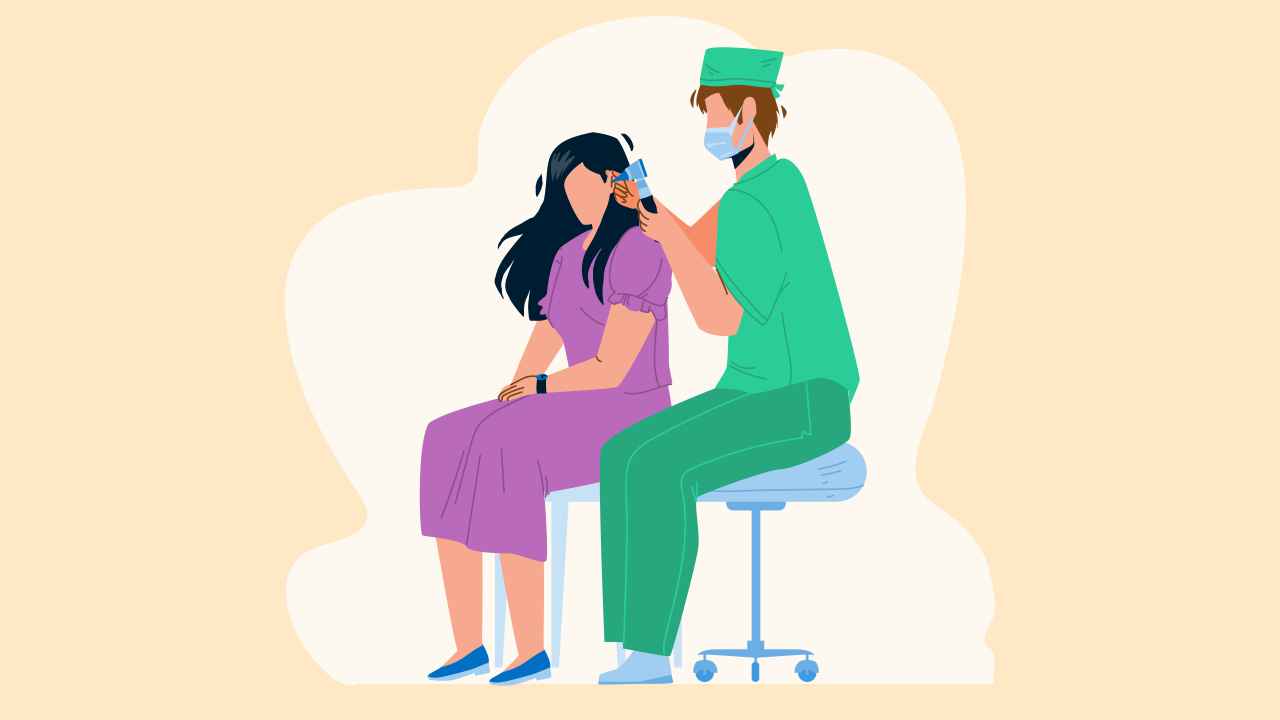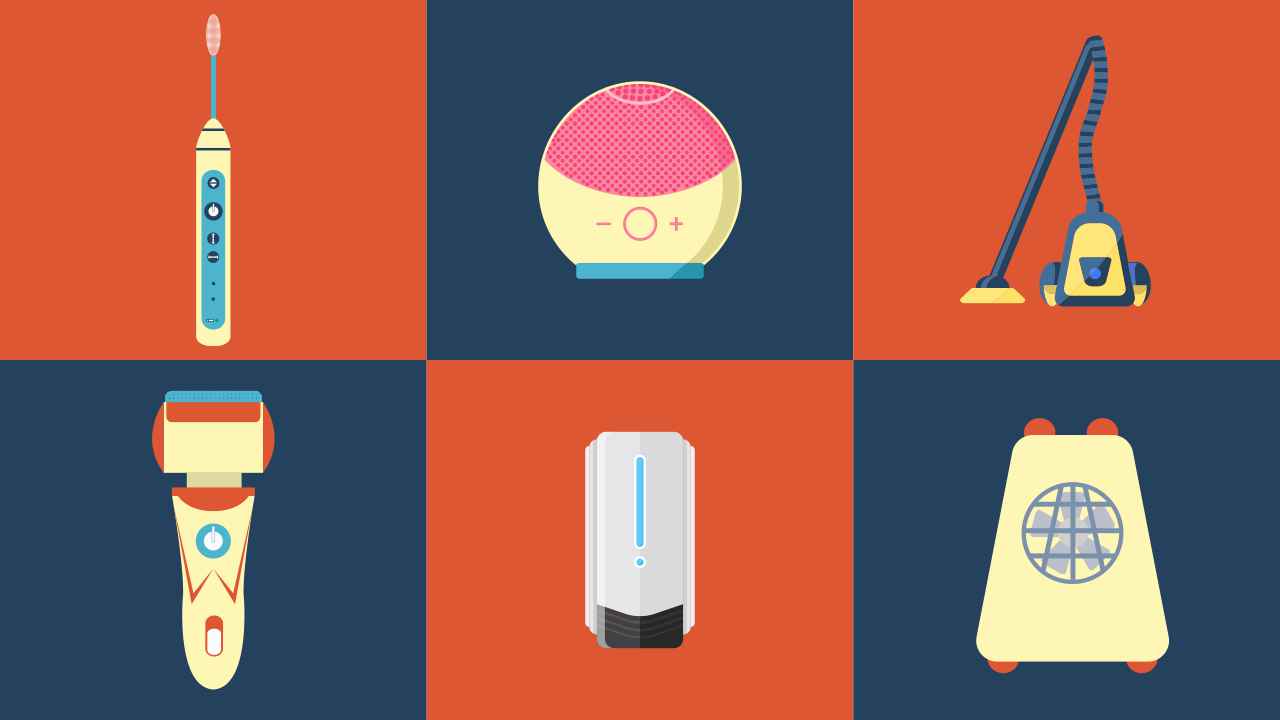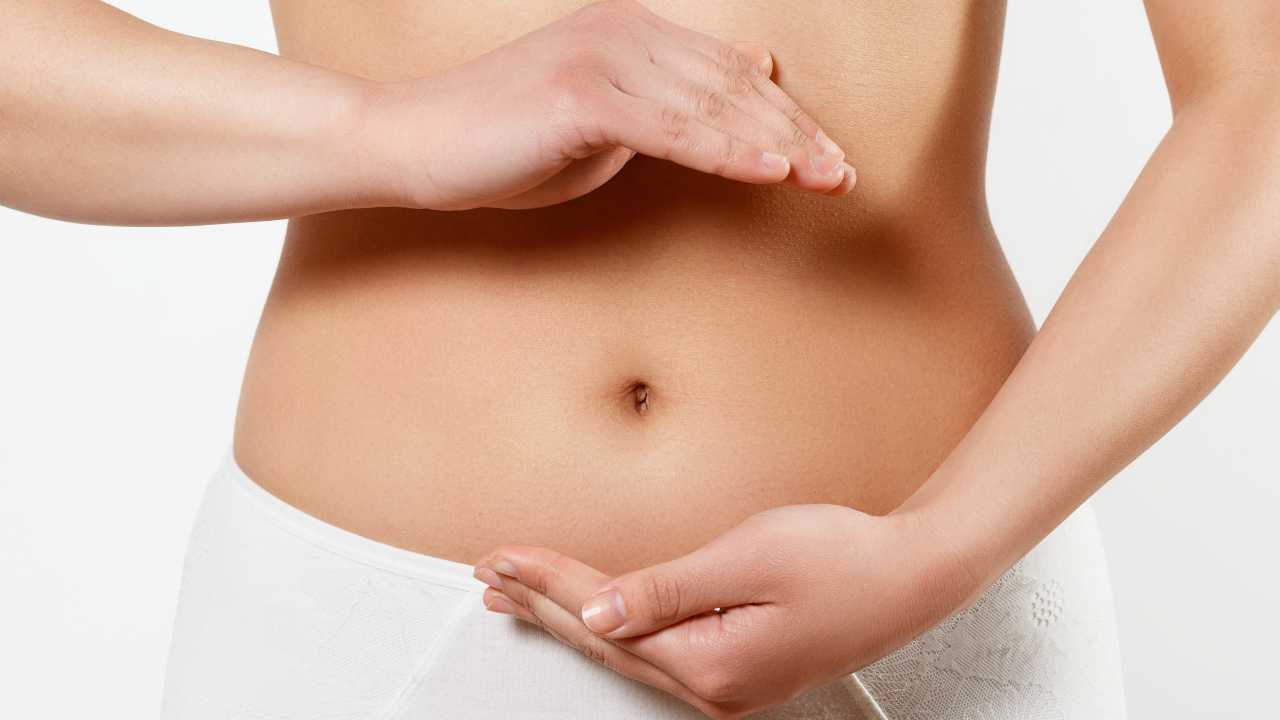
Oral Hygiene: Dos and Don’ts for Strong Teeth

Most of us have probably suffered from toothache at some point in our lives. You know, that sharp shooting pain, which doesn’t let you sleep till you have popped a painkiller. It’s the consequence of poor oral hygiene.
According to the World Health Organization (WHO), 60% to 90% of schoolchildren and almost 100% of adults worldwide have at least one dental cavity. Nearly 10% of the global population suffer from severe gum disease. Oral cancer, which is one of the three most common cancers in some Asian countries, causes more than 330,000 deaths every year.
However, most oral conditions are largely preventable. And if detected early, dental diseases can be treated. Oral hygiene, or a proper daily oral care routine, along with reducing sugar intake, is therefore essential. Ideally, you must rinse your mouth after every meal. It is recommended to brush twice a day — after waking up and before going to bed, and floss at least once a day.
What happens when you don’t maintain oral hygiene
Some of the common problems triggered by poor oral hygiene are:
1. Halitosis
Halitosis or fetor oris, more commonly termed bad breath, affects about 50% of the population. Bad breath can occur because of:
- Poor oral hygiene
- Periodontitis (severe gum infection)
- White tongue
- Tobacco consumption
- Dry mouth
- Medications
If the odor persists, consult a doctor to check if there are:
- Throat infections
- Liver failure
- Metabolic diseases
Bad breath also lowers your self-esteem and confidence, and can affect your personal and social life. This may lead to anxiety and stress.
2. Tooth decay
Tooth decay or cavity is one of the most common problems resulting from poor oral hygiene. What causes it?
- Not rinsing your mouth properly, especially after consuming food, can leave behind food particles on the surface and between your teeth. This forms plaque, which lead to cavities
- When you consume sugary and starchy foods, the bacteria in the plaque produces acid, which corrodes the enamel, causes mineral loss, and leads to cavities
- If left untreated, tooth decay can penetrate to the deeper layers and cause tooth loss
3. Gingivitis
Gingivitis is a condition in which there is inflammation of the gums. It generally occurs because of:
- Accumulation of bacterial plaque around the tooth
- If the plaque is not removed regularly, it can harden to form calculus or tartar at the base of the tooth
- This irritates the gum lining and causes inflammation
Gingivitis can also be caused by:
- Hormonal imbalance during pregnancy
- Diseases like cancer or diabetes
- Vitamin C deficiency
- Smoking
Symptoms of gingivitis include swelling of gums and bleeding while brushing. If gingivitis is not treated, it can lead to periodontitis.
4. Periodontitis
Periodontitis is a form of gum disease that leads to:
- Damage of the soft tissues and bone, supporting the teeth
- Severe cases can also cause tooth loss
- Untreated periodontitis has been associated with increased risk of cardiovascular conditions like heart attack and stroke
5. Dentin hypersensitivity
Dentin hypersensitivity is a condition where you experience a short, sharp pain in the tooth. The exact cause of dentin hypersensitivity is not known but many researchers believe it occurs:
- When the tooth is exposed to cold, hot, sweet or acidic foods, gentle touch, and airflow stimuli
- Aggressive brushing technique or neglected oral hygiene which may lead to plaque formation and inflammation could contribute to the exposure of tooth surfaces
The hypersensitive tooth causes can cause:
- Discomfort and affect day-to-day activities such as eating, drinking, and even speaking
- Severe hypersensitivity can last for more than six months and can cause psychological and emotional distress
- Chronic pain may require assistance from a dentist to ensure pain management
Common oral hygiene mistakes
Certain incorrect practices can lead to poor dental hygiene that in turn can lead to severe dental problems, if left untreated.
1. Wrong technique
a. Scrubbing your teeth hard
Hard is not good. Remember, it’s your teeth, not the bathroom floor. Plaque is soft and is easy to remove with good circular motion.
b. Going back and forth
Wrong way to brush. Massage your teeth, do not scrub. Use circular motion when brushing. The back and forth action may damage your teeth.
c. Forgetting the gums
The bristles need to be flexible to bend enough to clean the gum, which may be 2-3mm below the tooth. Remember to brush the tongue side of teeth.
2. Using the wrong toothbrush
Whichever brush you choose — manual or electric — make sure it reaches all parts of your mouth. Also, choose soft bristles because they need to bend and go under the gums.
3. Not changing the toothbrush
When the bristles of your toothbrush become discolored, bent or look old, get a new one. Old bristles lose the ability to clean the teeth. Ideally, the brush should be changed every three or four months. Also, never share your brush and keep it in open air to let it dry and prevent bacterial growth.
4. Rushing
You may be hard pressed for time, but remember to brush your teeth at least for two minutes twice daily.
Ways to improve oral health
1. Brush
Brushing helps remove plaque. Use a fluoride toothpaste and brush your teeth at least twice a day. Adults can use a pea-sized blob of toothpaste. Remember to brush the tongue and the insides of your cheek as well.
2. Floss daily
Food particles can get trapped between your teeth. These surfaces may not be easily accessed by a toothbrush and must be cleaned using dental floss or interdental brushes.
3. Use mouthwash
Incorporating mouthwashes in your oral hygiene routine, along with brushing, flossing, and tongue cleaning, can prove to be effective. Follow mouth rinsing guide or instructions while using mouthwash. Also, avoid eating or drinking anything for at least 30 minutes after rinsing.
4. Eat healthy
The importance of a good diet cannot be overstated. The foods that you eat have a significant effect on your oral health. One of the ways to prevent tooth decay is to limit the consumption of drinks and foods containing sugar. Reading food labels will help you choose foods with lower sugar content. You should aim to have a nutritious meal, as poor nutrition can contribute to progression of gum diseases. Also, try to avoid snacking between meals. If you snack, choose healthy options like fruits. Drink adequate water and stay hydrated. Include fruits, vegetables, whole grains, and lean protein foods in your diet.
5. Regular dental checkups
Some cavities can only be detected by a clinical examination. Thus, visiting a dentist regularly for a routine checkup is essential. The dentist may also advise supplemental fluoride if required, and any other recommendations to help you maintain healthy teeth.
Your teeth are precious, so work towards preserving them. Maintaining proper oral hygiene will protect your teeth and help prevent other dental diseases. It’s well worth your time.
References
1. Liu X-X, Tenenbaum HC, Wilder RS, et al. Pathogenesis, diagnosis and management of dentin hypersensitivity: an evidence-based overview for dental practitioners. BMC Oral Health 2020; 20: 220.
2. Aylıkcı BU, Colak H. Halitosis: From diagnosis to management. J Nat Sci Biol Med 2013; 4: 14–23.
3. What is the burden of oral disease? World Health Organization. https://www.who.int/oral_health/disease_burden/global/en/ (accessed Mar 9, 2021).
5. Newman T. Causes and treatment of gingivitis. Medical News Today. 2018; published online Jan 5. https://www.medicalnewstoday.com/articles/241721#_noHeaderPrefixedContent (accessed Mar 9, 2021).
6. Brazier Y. What is periodontitis? Medical News Today. 2018; published online Jan 18. https://www.medicalnewstoday.com/articles/242321#_noHeaderPrefixedContent (accessed Mar 9, 2021).
7. Newman T. Everything you need to know about bad breath. Medical News Today. 2018; published online Jan 10. https://www.medicalnewstoday.com/articles/166636 (accessed Mar 9, 2021).
8. The Best Foods For A Healthy Smile and Whole Body. University of Illinois Chicago. 2018; published online Jul 18. https://dentistry.uic.edu/news-stories/the-best-foods-for-a-healthy-smile-and-whole-body/ (accessed Mar 9, 2021).
9. Pregnancy and teeth. Better Health Channel. https://www.betterhealth.vic.gov.au/health/HealthyLiving/pregnancy-and-teeth (accessed Mar 11, 2021).
10. Mouthwashes. Indian Dental Association. https://www.ida.org.in/Membership/Details/Mouthwashes (accessed Mar 11, 2021).
11. Toothpastes. Indian Dental Association. https://www.ida.org.in/Membership/Details/Toothpastes (accessed Mar 11, 2021).
12. Diet and Dental Health. MouthHealthy. https://www.mouthhealthy.org/en/az-topics/d/diet-and-dental-health (accessed Mar 11, 2021).














